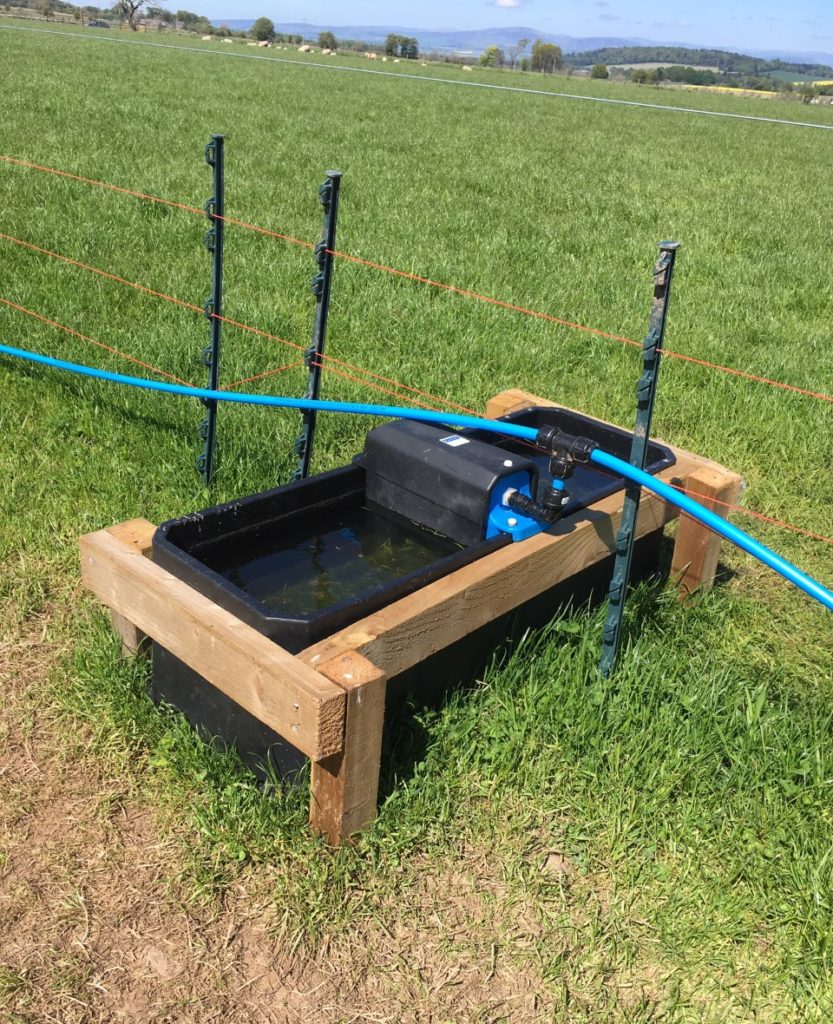Water Requirements at Grass
26 August 2022There is a risk of water scarcity in parts of the country due to prolonged dry, hot weather over the summer.
Providing a clean, easily accessible water source when grazing is essential. Livestock perform better with clean water moving watering systems around at grazing will improve efficiency at grass. Cattle spend most of their grazing time close to a water source, so moving the water reduces over grazing and gives a better utilisation of the whole field, also a more even grazing helps to spread dung and urine across the entire pasture.
Daily Water Requirements
| Animal | Litres of Water |
|---|---|
| Beef cow (700kg) | 30 |
| Beef cow & calf | 50 |
| Yearling (350kg) | 14 |
There are a few things you will need to consider when deciding the size of water system you need to make sure water is always in front of the animal. When intensive grazing, animals will come to drink as individuals if they are less than 900 feet from the water source. Look to provide a flow rate that supplies the daily needs in 4 to 8 hours and use a small tank that allows 2-4% of the herds water requirement at any time. In an extensive or set stocking system where water is more than 900 feet away, you will need a tank that holds 25%of the herds total daily needs and allows 5-10% of the herd to drink at one time and the tank re fill time should be less than one hour.
If there are 40 beef cows in a group you will need to allow for 30 litres per head per day, 1200 litres is needed to be delivered to the tank. If we want the tank to refill in 60 mins or less and hold 25% of the total daily needs, then 300 litres must be pumped in 60 minutes or less.
300 litres divided by 60 mins = 5 litres/ minute that needs to be pumped so this will allow you to decide on a pipe and tank size.
Every situation is different, but some considerations are:
- Make sure the pump capacity can move the amount of water needed in a reasonable amount of time, the water pump should not run for more than 4-6 hours per day.
- A bigger tank can use a smaller pump as less water per minute is needed.
- Always have an alternative water plan / contingency plan in place in case of hot weather or unexpected repairs.
If there are concerns with water pressure look to alternative ideas such as cattle powered nose pumps, gravity, RAM pump, solar, wind, or a small fuel driven pump. Also having a mobile water tank is a great back up if anything does go wrong. Make sure you cost out options before you decide as it will work out better in the long run for your business.
Calum Smith, calum.smith@sac.co.uk
Sign up to the FAS newsletter
Receive updates on news, events and publications from Scotland’s Farm Advisory Service

